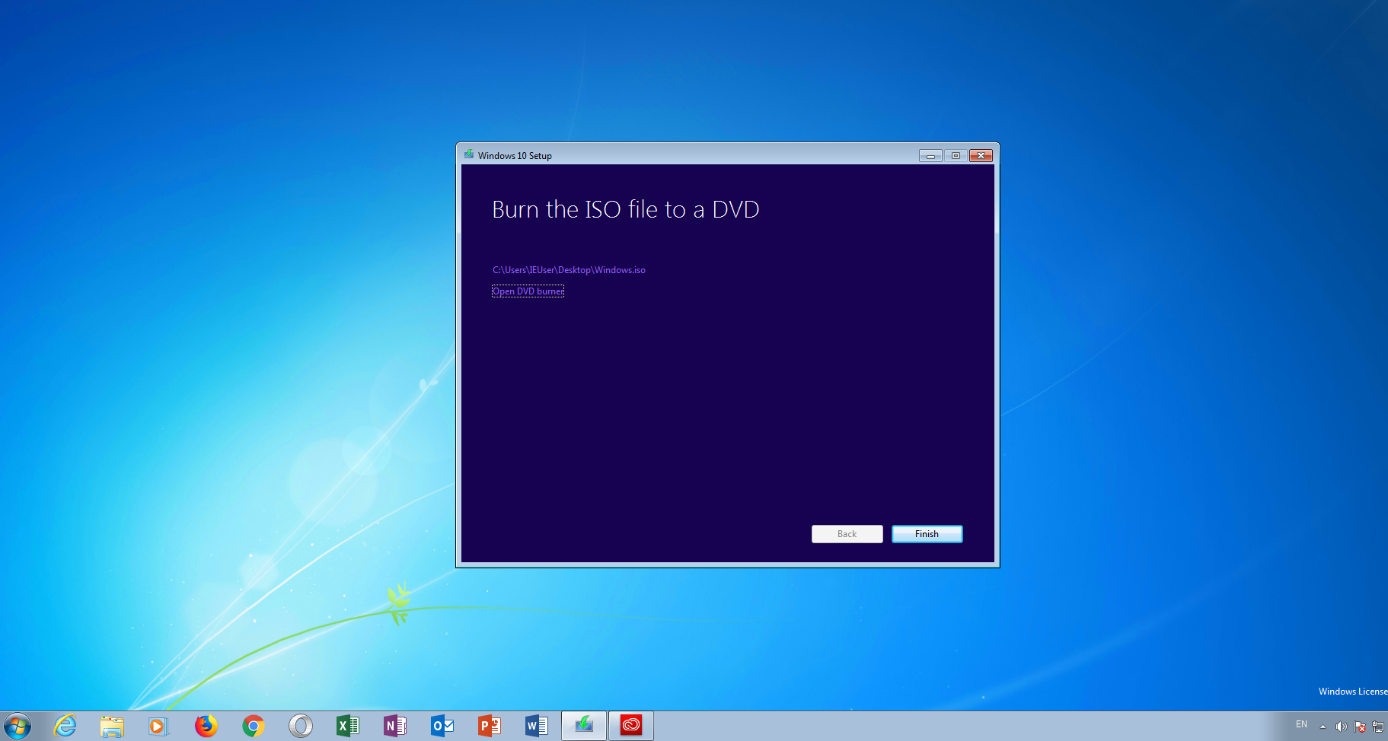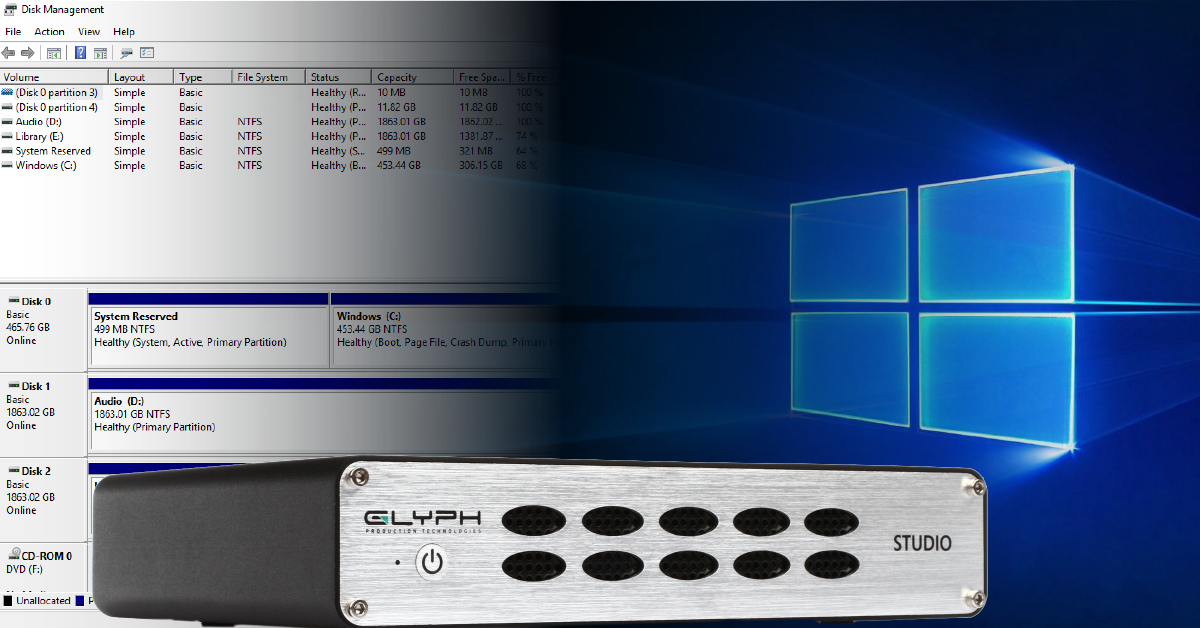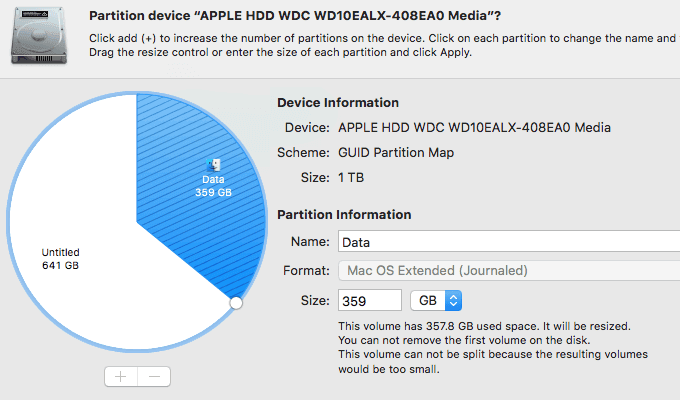

- #Create bootable usb os x external hard drive partition how to#
- #Create bootable usb os x external hard drive partition mac os x#
- #Create bootable usb os x external hard drive partition mac os#
- #Create bootable usb os x external hard drive partition drivers#
- #Create bootable usb os x external hard drive partition manual#
To learn how to use createinstallmedia see How to create a bootable installer for macOS.įor example, assuming you have a volume mounted at /Volumes/MyVolume and the OS X installer app is at /Applications/Install\ OS\ X\ Mavericks.app you could erase /Volumes/MyVolume and convert it into a bootable installer with this command: You can then use the createinstallmedia tool to convert the volume from step two into a bootable installer based off the installer app from step one. This could be removable media such as a USB flash drive, or a secondary internal partition. Mount the volume you want to convert into a bootable installer. This is another reason to just use createinstallmedia from Apple to perform this.īefore you're able to create a bootable OS X installer, you'll need to do the following first:ĭownload the OS X Installer app from the Mac App Store. You will need to select the USB another way than having bless perform a one step command. Remove that portion and/or ignore any errors. Note: SIP ensures the -setBoot portion of the commands above will fail. Note: that the USB drive was renamed to be the same as the installer and the mount point in /Volumes has a space and a 1 tacked on the end. $sudo bless -mount /Volumes/Mac\ OS\ X\ Install\ DVD\ 1 -setBoot $sudo asr restore -source /dev/disk5s3 -target /dev/disk6s2 -eraseĮrase contents of /dev/disk6s2 (/Volumes/MacUSB)? : y
#Create bootable usb os x external hard drive partition mac os#
$diskutil partitionDisk disk6 GPT HFS+ MacUSB 100%įormatting disk6s2 as Mac OS Extended with name MacUSB
#Create bootable usb os x external hard drive partition mac os x#
$diskutil listģ: Apple_HFS Mac OS X Install DVD 6.7 GB disk5s3 The man pages for diskutil and asr are helpful if you run into little gotchas or have different needs than a basic one partition drive. I have a Snow Leopard DVD as /dev/disk5 and my USB is /dev/disk6. Leopard was a tight fit in 8G but Snow Leopard is lighter and doesn't need to diet as much.Įdit: Here are terminal commands for rolling your own installer like the (read-only) one that ships with current MacBook Air. Once you have slimmed down the bootable image on the HD partition, use the trick below to get it on the USB drive. WhatSize has many options to strip out unneeded files, localizations and PPC code. You can safely get rid of a lot of iLife and the associated Application Support. DaisyDisk or WhatSize will show you all the large files and libraries. At the end of the process, you then thin out the things you don't need.

You can finish installing with lots of free space on the HS, run all the updates newer than your installer (10.6.8 for example), make an admin account, install the tools and apps you need. The best trick I have when you don't have enough space on USB to create the final updated version is to stage the bootable image by install first to a 25G partition on an external hard drive.
#Create bootable usb os x external hard drive partition drivers#
You can have your USB on one side and the USB install disk on the other to make your bootable drive ensuring all the Air drivers are on your USB bootable drive (which is often an issue when using another install's image - sometimes the drivers are not all there on older builds of the OS) If you simply want a bootable thumb drive, just install OSX onto that volume - turning off all the extras you may not need. It also avoids the need of downloading commercial software from the internet. It's not that hard to make a bootable image and far more secure to DIY. You can’t set this to be the default boot with System Integrity Protection but for this use, bless should still work.
#Create bootable usb os x external hard drive partition manual#
(Note - the manual page for bless may be moved, but the command still works on Mojave to bless an alternate boot. before restoring an IMG to the USB drive.Ģ) bless the USB drive by selecting it in Startup Disk or using the command line. Watch for restore errors - you may need the Disk Utility menu command Images -> Scan images for restore.

I usually first create a IMG of the DVD, but it should work in one shot. (Migration Assistant, Disk Utility, Network Utility, Terminal (that auto mounts your internal drive as needed), Firmware Utility and Password Reset Utility.ġ) Use Disk Utility backup/restore to image whatever Snow Leopard DVD you prefer onto a HFS+ formatted GUID USB drive. Really - try the above if you can, but as an alternative, here is a simple recipe for making a USB version of the OS X installer + associated tools. With OS X El Capitan, Yosemite, or Mavericks, you can use a USB flash drive or other removable media as a startup disk from which to install OS X. - Create a bootable installer for OS X.If Apple's supported method of using the createinstallmedia tool doesn't work, you can try other options below:


 0 kommentar(er)
0 kommentar(er)
